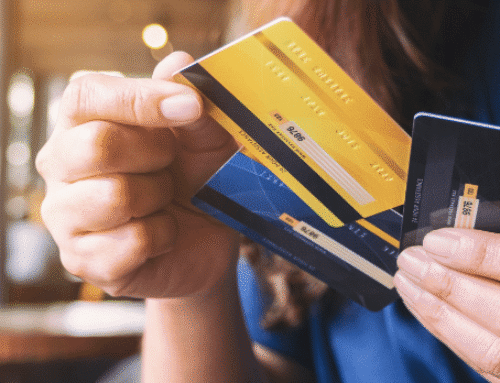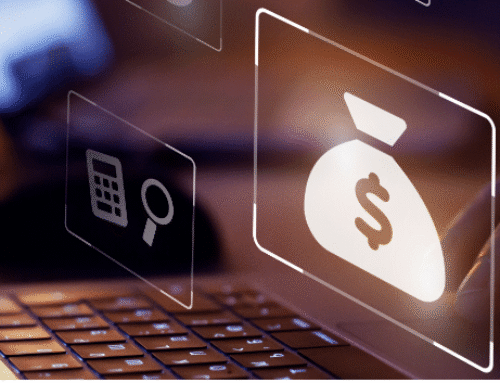The time it takes for solar panels -and their installation- to pay themselves back through savings on your electricity bill is getting shorter! This is due to rising electricity prices and lower solar installation costs. In order to speed up the transition to renewables and help households with the cost of a solar system, the government offers some initiatives. These include low-interest loans and partial rebates on the cost associated with solar.
Most of the recommendations would be the installation of a 10.85 KW solar system if it is based on the annual electricity bill amounting to $3,600. The cost of the solar system which includes panels, inverter, and installation is around $13,000 after government rebates. A household can save around 85 per cent on its electricity bill or around $3,000 in a year if solar is installed.
The payback period would be around four years, down from five or six years because of the increase in electricity prices. This will continue to fall if electricity prices continue to increase because of uncertainties in energy policy and the early retirement of coal-fired power plants. This depends on home electricity usage, tariffs, usage habits, and increase in rates.
Higher electricity costs can make adding solar panels and battery storage more economically viable. For households with higher-than-average energy demand and sizable solar power systems, a battery may be valuable. When a home is unoccupied during the day, batteries are very useful since without these the solar energy produced during that time would be wasted.
The solar feed-in tariff, or how much is paid to the household through selling extra electricity to the grid, might be low, even when the electricity is being sold to the grid during the day. Installing batteries typically cost between $8,000 to $15,000 depending on their capacity, reliability, and quality. Solar panels often survive more than 20 years, whereas batteries need to be replaced on average after roughly 12 years.
Even though the payback period is longer than for solar-only systems, adding a battery typically means all of the electricity is generated by solar, so there is no need for an electricity bill. Many consumers lack the savings needed to purchase a solar system. Given this scenario, some lenders may offer green loans and fintech companies offer to consumers a buy now and pay later which can be paid in instalments.
So, Installing solar has many benefits:
- “Feel good” benefit as you are helping the environment
- Financial benefits as it saves you money
- And if you are doing this as a landlord, a good return on investment and it allows you to charge extra rent whilst saving the tenant money on their electricity bills
All and all a perfect solution.
Are you interested to learn more about solar and financing alternatives? We can help you! Schedule a free consultation with our Finance Specialist today
Source: Click here








Leave A Comment